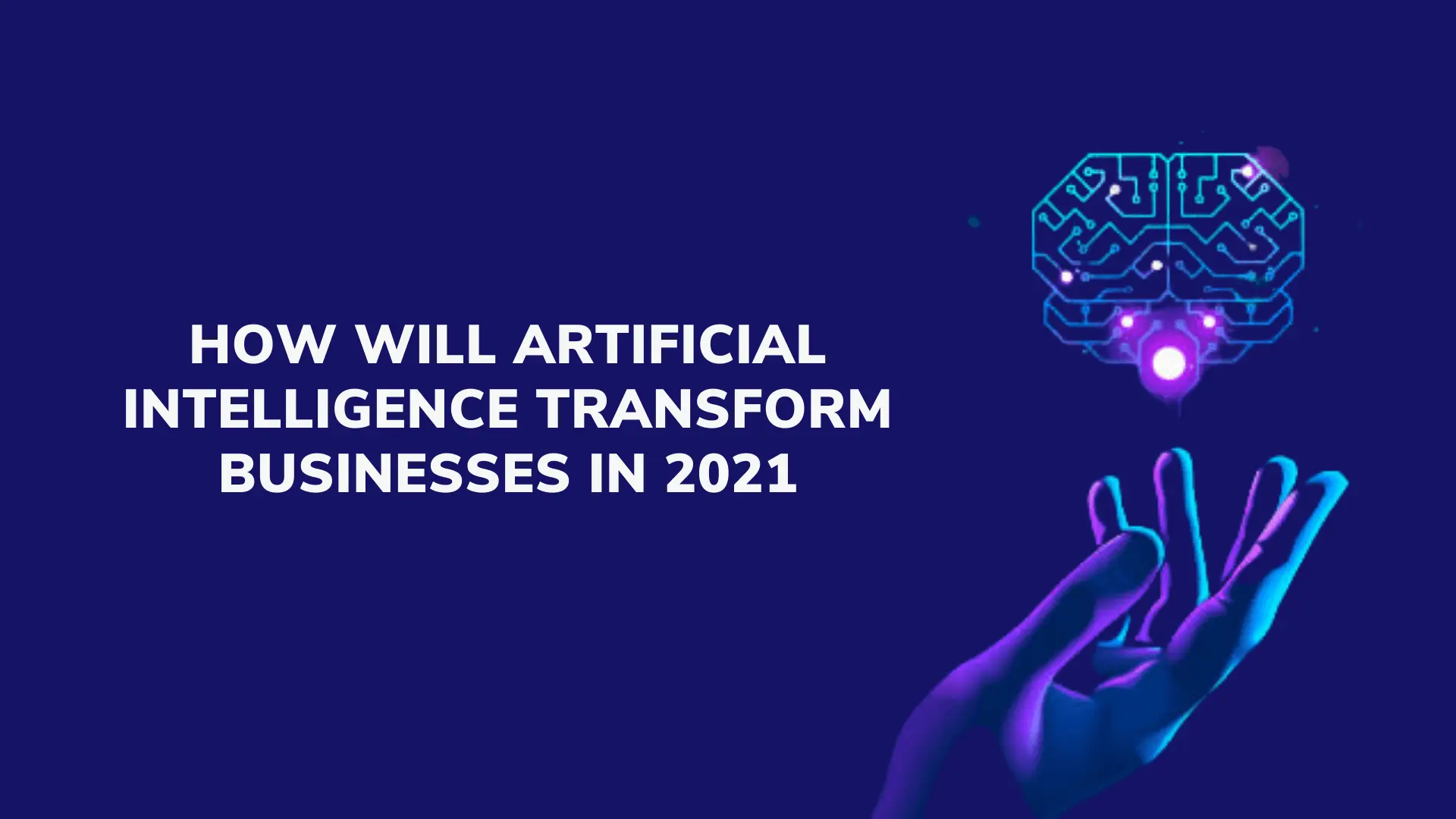Artificial intelligence is the paramour of automation and changing our world every single day. It’s a much bigger technology than you think.
When artificial intelligence was introduced, it opened up a lot of opportunities for the business world. Inevitably, artificial intelligence will completely change the way of our lives. As a business owner, you must implement AI into your business strategically.
What Is Artificial Intelligence?
Think of artificial intelligence as systems that can function independently with the same intelligence as a human being. Instead, consider AI as an individual with a mind on their own, programming tasks and processing pieces of information without any commands. AI has been growing exponentially for the past decades, and it is one of the most significant scientific breakthroughs in the 21st century.
Artificial Intelligence And Business Management
An interesting fact about AI is that it introduces flexibility. Information technology and automation now get subsumed by artificial intelligence. AI data volume actions are very tactical, and if executed well, they can bring profitability. Businesses that invest in modern technology seem to be doing exceptionally well and better than those that don’t. Companies do two things, projects and processes. Now the methods are going to become algorithms because data is becoming an asset. Top management of an organization must realize how important it is to invest in artificial intelligence.
How to collaborate Your Business with AI
building Artificial intelligence and implementing an AI solution to be a part of the operations are two different things. Many businesses get enamored by the promises of AI and set unrealistic expectations without understanding the complexity of integrating with AI. Most prominent organizations use AI for customer services. Here are some use cases for you to know when implementing AI to a business;
- It is best to allocate machine learning to call centers to handle routine customers and leave the complex queries dealt with by humans.
- They are using machine learning to automatically allocate loan applications since machines can approve and analyze high-volume data.
- Adding machine learning to filter out resumes in a job recruitment
- Using machine learning in sales promotions and predicting consumer patterns based on factors derived from the consumer’s environment.
Tips for successful AI integration
- Data: Data is an integral part of machine learning Algorithms. Data is used to train the machine learning models. Models are the core of decision-making. Models drive the applications, but if they are wrong, they are built on insufficient quality data. If the models are trained on inaccurate data, they give poor results, thus resulting in the overall failure of the project. All in one resulting in poor customer experience. It is essential to have a data strategy to avoid these mistakes. Data strategies will help prioritize structured and unstructured data across the enterprise. Only with significant-quality data, machine learning projects will be successful.
- Business domain knowledge: An organization has many processes and supporting capabilities. Suppose you automate a broken process; it’s still broken but automated and faster. To prioritize operations, it is essential to have an architecture of the complete processes. You can take which processes to automate with machine learning. Imagine you need a competitive advantage or drive up sales or improved customer experience. Then, you can strategize the process’s steps that have to change.
- IT systems: Most businesses use software to drive their business processes, and this is not one piece of software but a set of them. Businesses have enterprise resource planning software of different kinds to manage anything from handling customer orders to delivering on time. So changing a system is a trivial change. However, it’s not just a technical challenge but more of a cultural and governance challenge. So when Changing a system, it is essential to rescale resources and roles with frequent communication.
- Disciplined transformation of enterprise architecture: Ensuring that the transformation of the overall structure of the enterprise has to be done systematically and stably, that is adaptable to future changes. Things like business applications, data infrastructure, and external environments have to be managed systematically. Therefore, when changing the Enterprise architecture, it is essential to prefer global optimization over local optimization. This means that multiple departments should cooperate to optimize international measures such as customer satisfaction.
- Complete understanding of Machine learning: While conventional software uses deterministic logic where business process operates with clearly IF-THEN rule, Machine learning is a probabilistic approach to decision making. Moreover, AI has conceptual knowledge and the ability to problems solving.
- Leadership and AI: Leaders have to execute the right strategies, which can only be done by understanding the complete picture of the ecosystem of the enterprise. That includes customers, competitors, investors, budget, regulators, and technology. A top-down approach is necessary to understand AI’s business value but still not oversold its promises.
Final words
To sum it all up, the role of AI in an organization requires us to consider multiple dimensions carefully and architect the complete system precisely. It is essential to see the bigger picture and start executing from the beginning of small steps.


